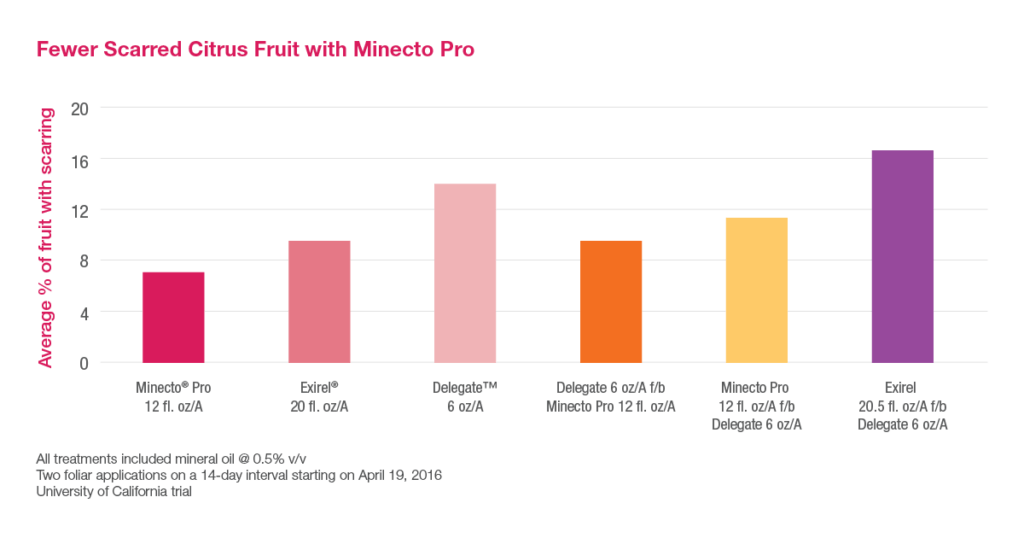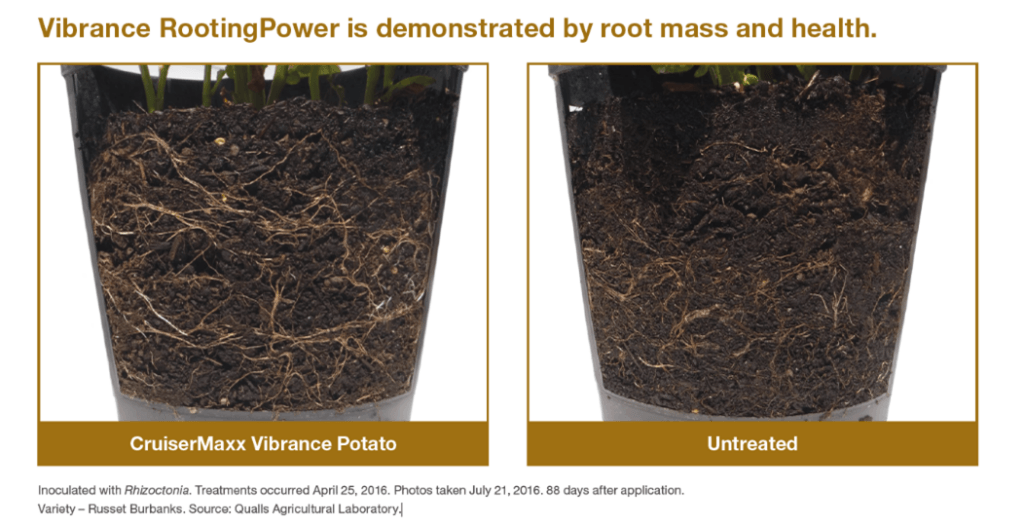Over the past few years, we’ve witnessed a wide variety of weather patterns at planting and throughout the season, which go hand-in-hand with yield-robbing diseases. 2023 marked a difficult year with many experiencing either heavy rainfall from El Nino or abnormally dry conditions, according to the U.S. Drought Monitor. This increased the risk for early-season diseases limiting plant stands and ultimately potential yield.
While we don’t know what conditions will be like this year, consider how you can best protect your seed investment, reduce replants and help your soybeans reach their full yield potential. Here are a few possible scenarios to consider:
- Cool and wet soil conditions: You’ll likely battle soilborne pathogens like Pythium. This pathogen can cause seed rot, damping off and seedling blight and often result in reduced emergence, compromised stand establishment and poor plant vigor.
- Warm and wet soil conditions: You’ll likely face Phytophthora, one of the most destructive early-season pathogens and a significant cause of limited establishment in soybeans. This pathogen reduces potential yield by killing seedlings and reducing the root efficiency of maturing plants.
- Dry soil conditions: You may see more Rhizoctonia pressure. This could limit root mass, stand establishment and seedling vigor.
No matter when you plant or what conditions you face, the best way to protect your soybeans is with a powerful broad-spectrum seed treatment. That’s why we recommend CruiserMaxx® APX to protect your soybeans and help them emerge stronger and healthier with the most yield potential.
Watch how CruiserMaxx APX performs under Pythium pressure in an inoculated thermogradient trial in varying temperature environments:











